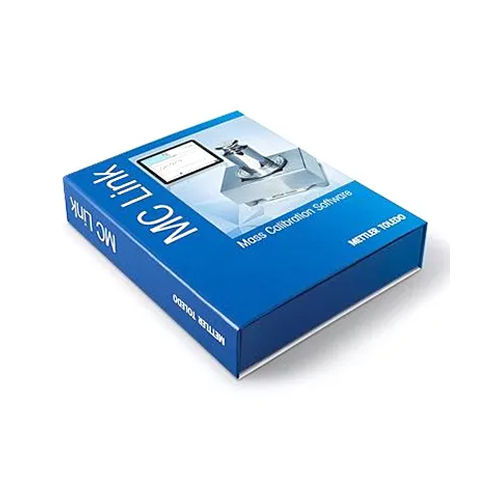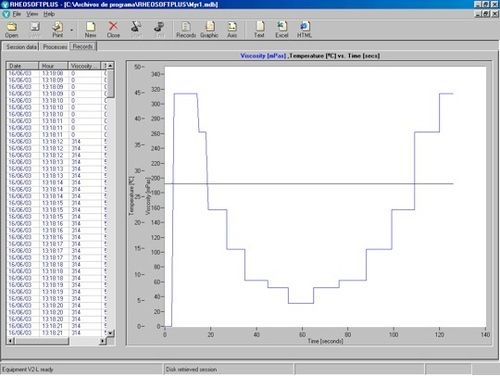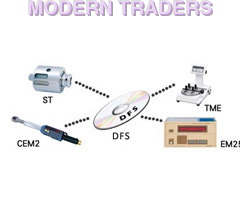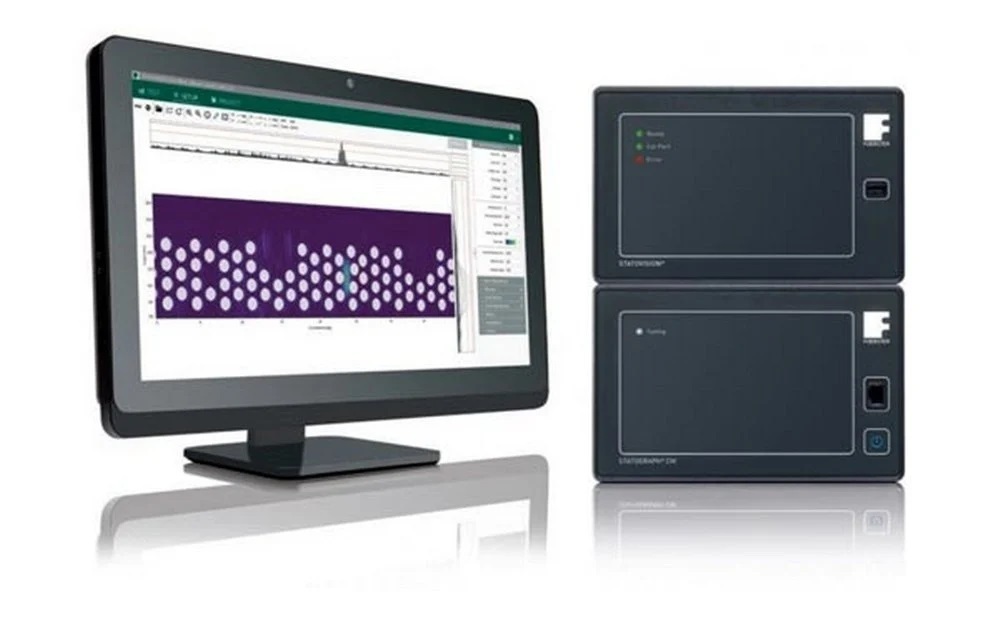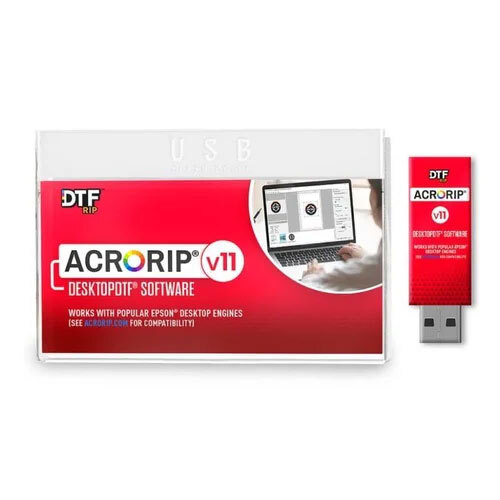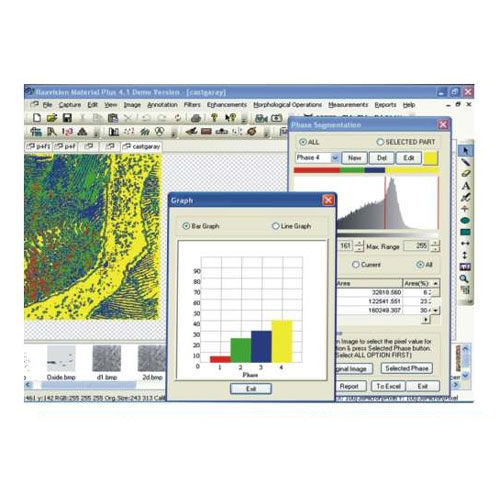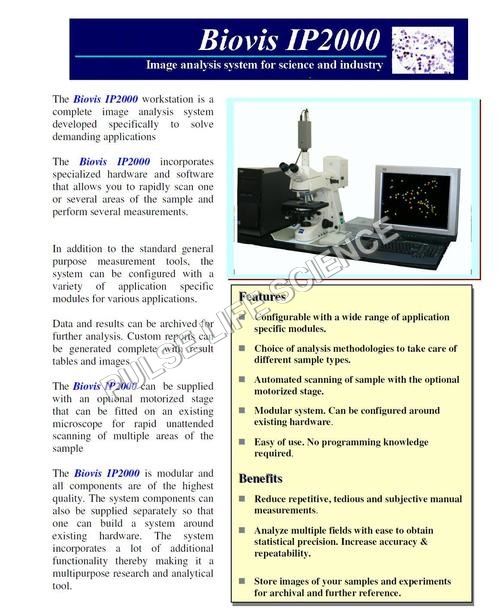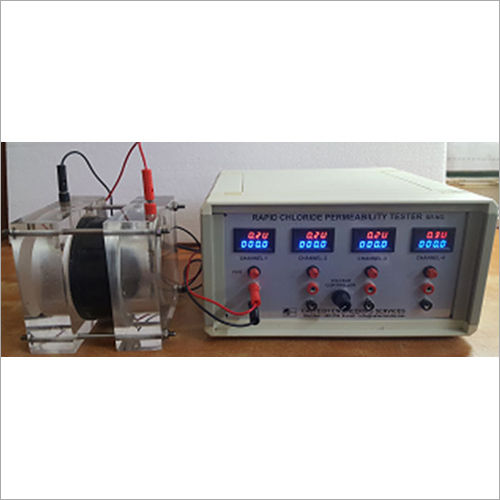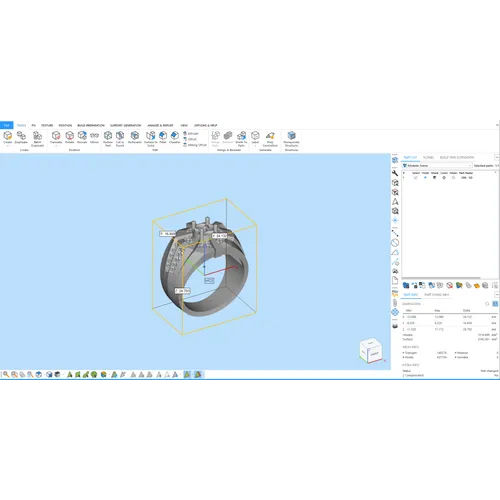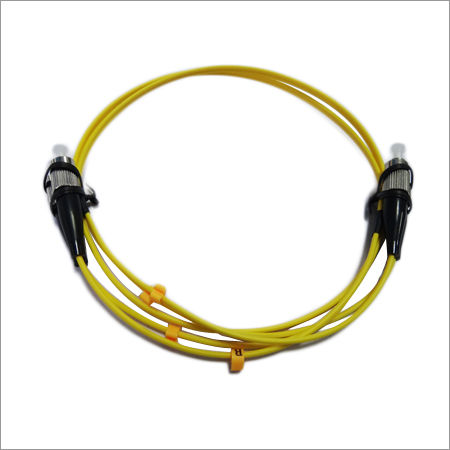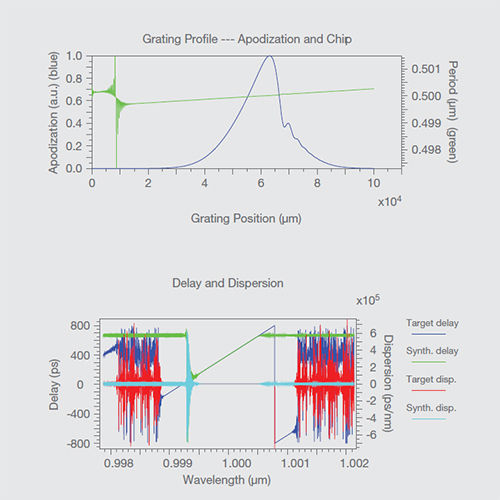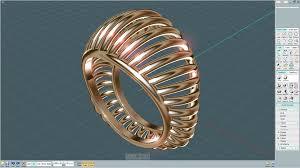
Rsoft Cad Environment
Price:
Get Latest Price
In Stock
Product Specifications
| Software Type | CAD |
| Primary Color | Red |
| Operating System | Windows |
| Simulation Tools | Multiple |
| Design Capability | 3D |
| Usage | Photonic device design |
| Interface | Graphical |
| Features | Flexible design, Unified platform, Easy to use, Object-oriented |
Product Overview
Key Features
Major Key Benefits
- Highly flexible design environment allows virtually any geometry to be created
- Included with each of the RSoft passive component simulation tools
- Provides a unified platform for RSoft passive component simulation tools; designs do not need to be imported from one software package to another to use different simulation algorithms
- Easy to use, streamlined user interface that allows fine control over device layout and simulation
Layout Capabilities
The RSoft CAD Environment has been designed from the ground up to accommodate the special needs of photonic devices and circuits. Fundamental objects such as straight, tapered, and curved components, lenses, and polygons can easily be selected from the toolbar and graphically added to the circuit using the mouse. In addition to standard objects, the CAD allows for the creation of customized components using mathematical equations or data files. Component positions may be specified directly, either absolutely or through relative offsets with respect to any other component. At any time, one or several components may be selected and moved, scaled, deleted, or reinserted. This unique design approach provides an extremely flexible system in which the desired logical arrangement can be maintained.
Object-Oriented Design
Each individual component can have its own set of properties that can be accessed with a right click of the mouse. Parameters include shape information and optical properties such as refractive index profile type and value. This unique object-oriented input model is extremely flexible. Furthermore, each parameter of a component (e.g., position coordinates, width, index) can be specified by an arithmetic expression involving user-defined variables, rather than simply being a constant number. This allows an entire design to be easily modified by using formulas to define each component,s angle, or the entire circuit can be modified by simply changing the value of a single variable without having to edit multiple parts of the structure.
Company Details
Focusing on a customer-centric approach, FIBER OPTIC SERVICES has a pan-India presence and caters to a huge consumer base throughout the country. Buy Software in bulk from FIBER OPTIC SERVICES at Trade India quality-assured products.
Business Type
Exporter, Manufacturer, Distributor, Supplier
Employee Count
25
Establishment
1999
Working Days
Monday To Sunday
GST NO
27ACNPJ2326D1ZU
Related Products
More Product From This seller
Seller Details

GST - 27ACNPJ2326D1ZU
Mumbai, Maharashtra
Director
Mr. Parvin H. Joshi
Address
428, Prestige Industrial Estate, Bawadi Lane, Marve Road, Malad(W), Mumbai, Maharashtra, 400064, India
Software in Mumbai
Report incorrect details


